While Brazil has a famous Carnival Parade in Rio de Janeiro and the United States in New Orleans (better known as Mardi Gras), Ecuador has Guaranda! This small city with views of the famous Chimborazo Volcano pulls out the stops with several parades taking place on the long holiday weekend. But it doesn’t stop there. Ecuador has many other Carnival celebrations throughout the Andes and a few along the Coast and in the Amazon. This article will help you know what to expect and where to look for them.
What is Carnival
Carnival is a semi-religious celebration that takes place in Catholic communities throughout the world. Some are more raucous than others but all are based on preparing for the 6 week period known as Lent (Cuaresma). Lent always begins on a Wednesday, 6 weeks prior to Easter Sunday. That means it generally falls in February.
The Tuesday before Lent is often called Fat Tuesday and, in New Orleans and French-speaking communities, Mardi Gras. But throughout Latin America, it is called Carnival (Carnaval).
In fact, in many Latin American communities, Carnival is not only celebrated on the Tuesday but for the full weekend before. In Ecuador, the government almost always declares a 4-day weekend (Saturday, Sunday, Monday, and Tuesday). Ecuadorians flock to the coast for beach holidays or to one of the towns known for the best carnival celebrations. Parades can take place throughout the weekend though the largest and most important are generally held on the Monday. Everyone wants Tuesday to recuperate and to drive home, ready to work again on the following day.
Mixing Catholic Practice with Indigenous Tradition
Because many Ecuadorians still celebrate indigenous holidays, Carnival can often be blended with Pakwar Raymi, the March Equinox celebration. While not strictly the exact timing, February and March are generally seen as months to celebrate flowers and fruit. It is the time of the early harvest, following the beginning of the Andean rainy season in November and December. For that reason, many of the parades will be filled not only with dancers and musicians in traditional costumes but might be peppered with characters like Diablo Huma.
What to Expect at an Ecuadorian Carnival
Carnival is a time of joy, celebration, and trouble making. Most places that celebrate do so with a parade or two or three. Some also have other events like food fairs and music festivals.
If you attend a parade, or are just walking down the street in a community that celebrates, expect to get sprayed with water or spritzed with party foam. Water can be tossed from buckets from windows overhead or aimed and fired with water guns from a strategic location. Party foam is generally found only at the parade itself but is not reserved for parade participants. Anyone in the crowd is a potential victim. Especially photographers so be sure to protect your delicate equipment!
But perhaps the worst is the colored flour. In some places, especially in the Central Ecuadorian Andes in communities like Guaranda and Guamote, flour in bright colors is tossed into hair and onto clothing, sticking the wet spots made by the party foam. It’s a colorful sludge that can be difficult to get out of clothing. So don’t wear anything that you can’t bear to have stained!
Also, expect lots of alcohol. We have found that it is best to show up as parades are starting, mid to late morning. Then, after an hour or two, as the chicha and the aguardiente consumption increases, we finish up our last photos and head out of town. The more alcohol, the more likely tourists become caught up. in the celebration. While we have never heard of any tourist being intentionally harmed, we have heard of tourists upset at becoming targets. Remember, it’s all meant to be fun and games.
Where to Experience an Ecuadorian Carnival Celebration
There are many places to experience unique and fun Carnival celebrations in Ecuador. We haven’t been to all of them but have done our best to compile this list for you. If you would like to add a location to this list, please let us know!
The best way to get up-to-date information is to attempt an online search about a week before Carnival. Use the name of the province, city, or town, the term carnaval, and the year (2019, 2020, etc.). Below, we provide links that had the most recent information for the last year.
Carnival in Northern Ecuador
- Urbina, Carchi Province – Provincial website with more info
- Imbabura Province – as many as 25 different communities celebrate, especially Peguche in Otavalo, San Antonio de Ibarra, and Cotacachi. Newspaper article with more info
- Pomasqui, Pichincha Province – Newspaper article with more info
- Quito and surrounding communities – Newspaper article with more info
Carnival in Central Ecuador
- Moraspungo, Cotopaxi Province – Ministry of Tourism article with more info
- Pujili, Cotopaxi Province – Ministry of Tourism article with more info
- Ambato, Tungurahua Province – Newspaper article with more info
- Guaranda, Chimborazo Province – read our article about Carnival in Guaranda
- Guamote, Chimborazo Province – read our article about Carnival in Guamote
- Puyo, Pastaza Province – Ministry of Tourism article with more info
Carnival in Southern Ecuador
- Cuenca, Azuay Province – City of Cuenca with more information
- Malacatos, Loja Province – City of Loja with more information
- Vilcabamba, Loja Province – City of Loja with more information
- Guayaquil, Guayas Province – blog about Guayaquil with more information


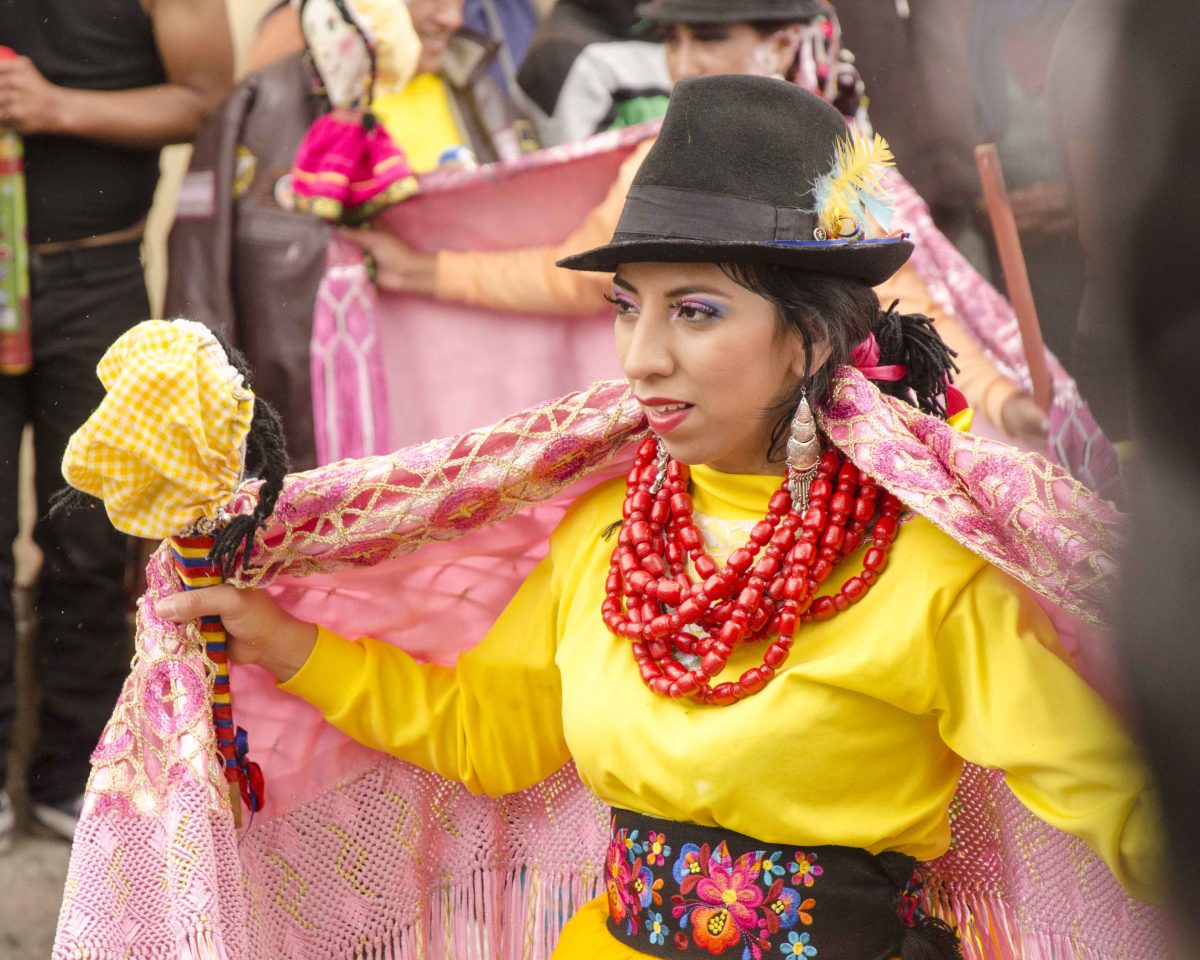
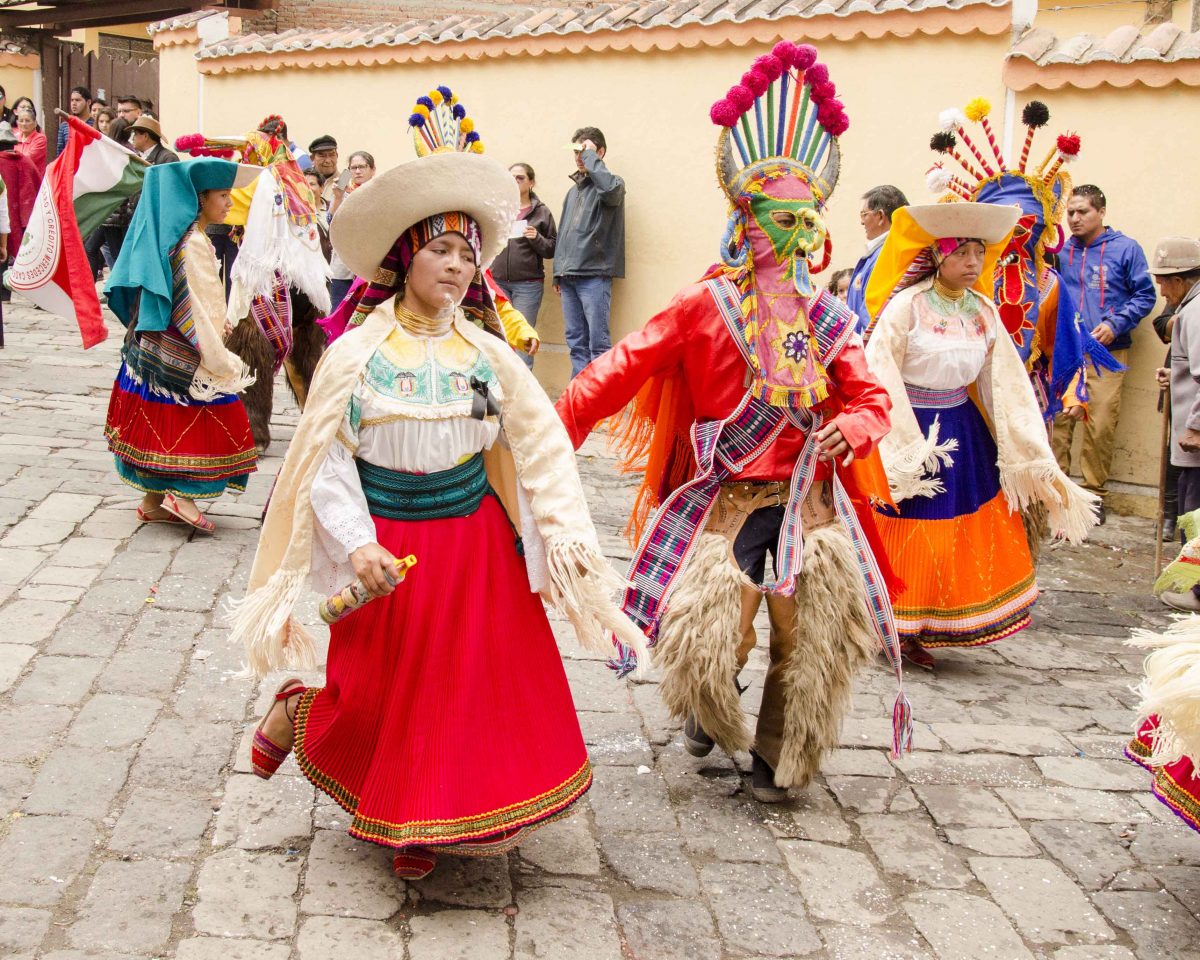

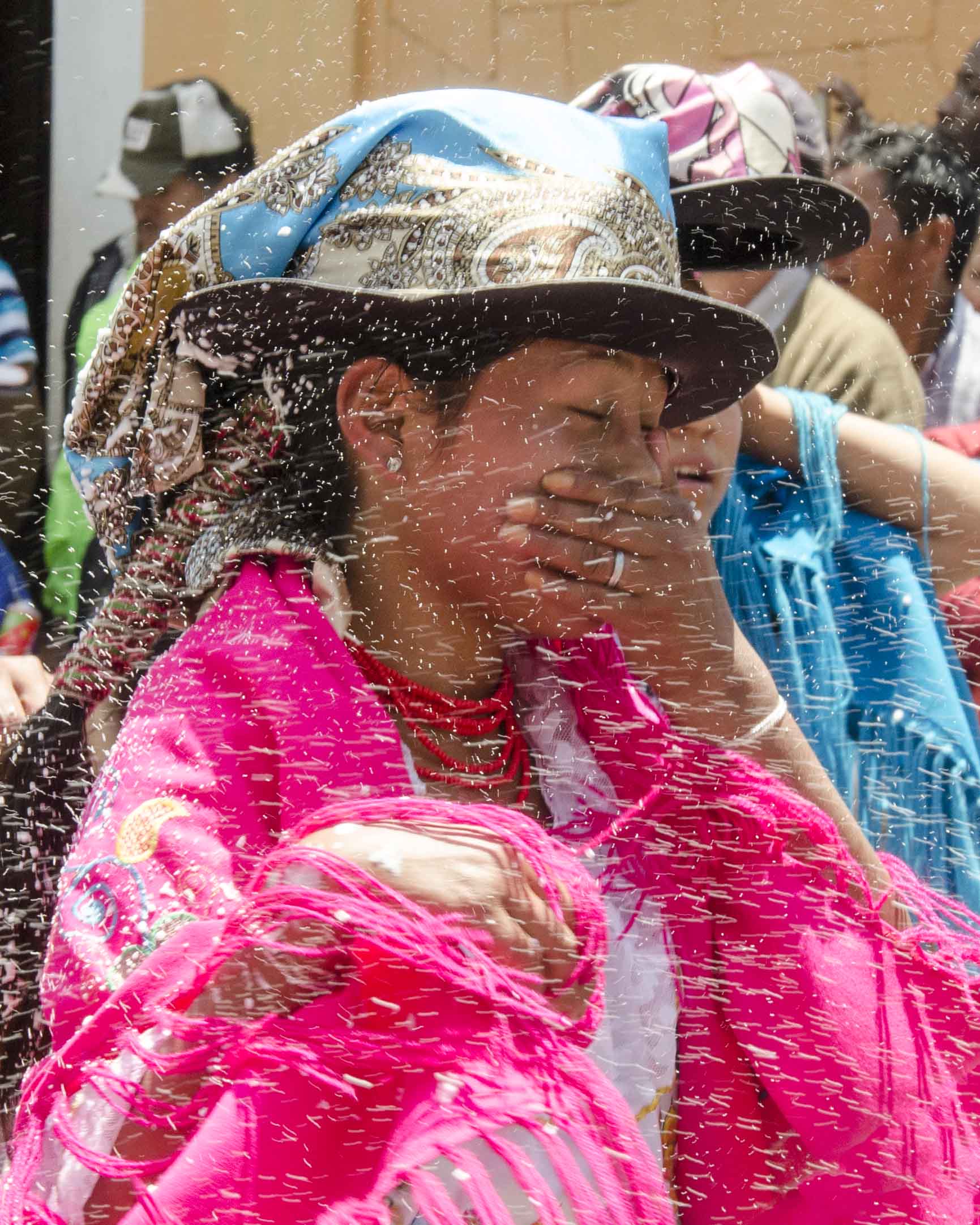

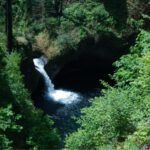





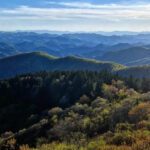



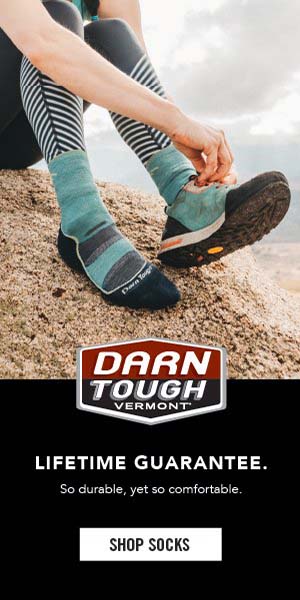
It is okay. However, I would like to know the history behind this and why they celebrate. Besides that though, it great!
Hi Ana, the history behind Carnival would go back to colonial times. As a Catholic holiday, it was not celebrated by the native peoples living in South America until after the arrival of the Spaniards. However, many of the modern day events blend Catholic tradition with native tradition. It is believed that the Catholic Church used Carnival to replace holidays like Mushak Nina – https://notyouraverageamerican.com/andean-new-year-cochasqui/ or celebrations of the Spring Equinox.
I am from Ecuador and nowdays the re is no more flour neither eggs and the foam is called carioca it is special for this time of year
Thanks for your comment. Which places have you visited recently that have banned colored flour? The picture of the woman with her face smeared in purple was taken only a couple of years ago. That purple came from colored flour. We were in the crowd and were also threatened, in a friendly way, with the brightly colored stuff. Eggs we haven’t seen. Carioca we’ve seen plenty!!
Hello … I come from Riobamba and there almost all the people from all over the city meet in the park and play all together … something that is very remarkable and fun is that people get into the back of their trucks with water fences, water pumps, the carioca, and many other things … thank you I hope my contribution will work.
Thanks for leaving a comment! It worked just fine!
Great blog.. Thanks for sharing..
You are very welcome! We love to hear that people are enjoying our blog!